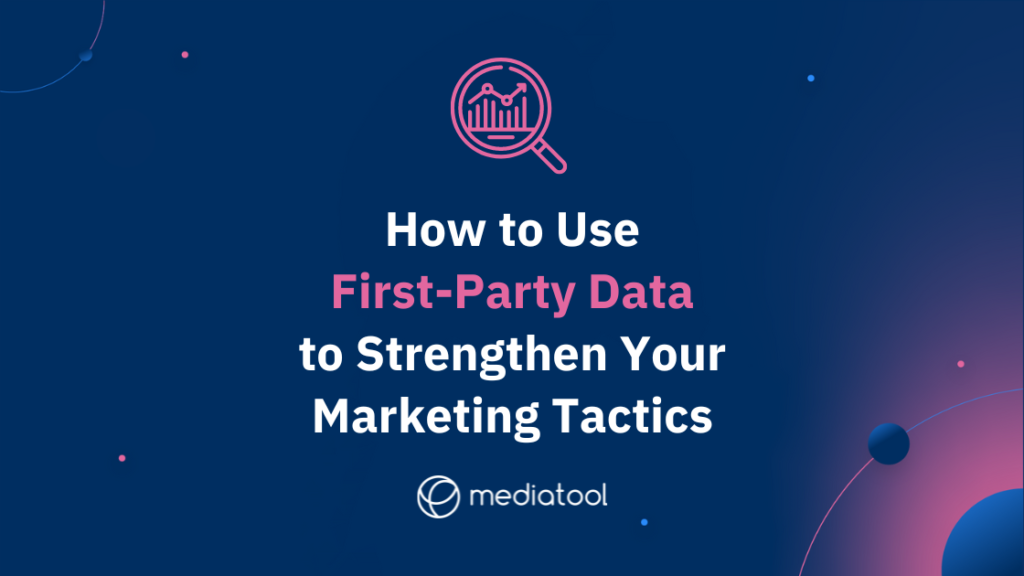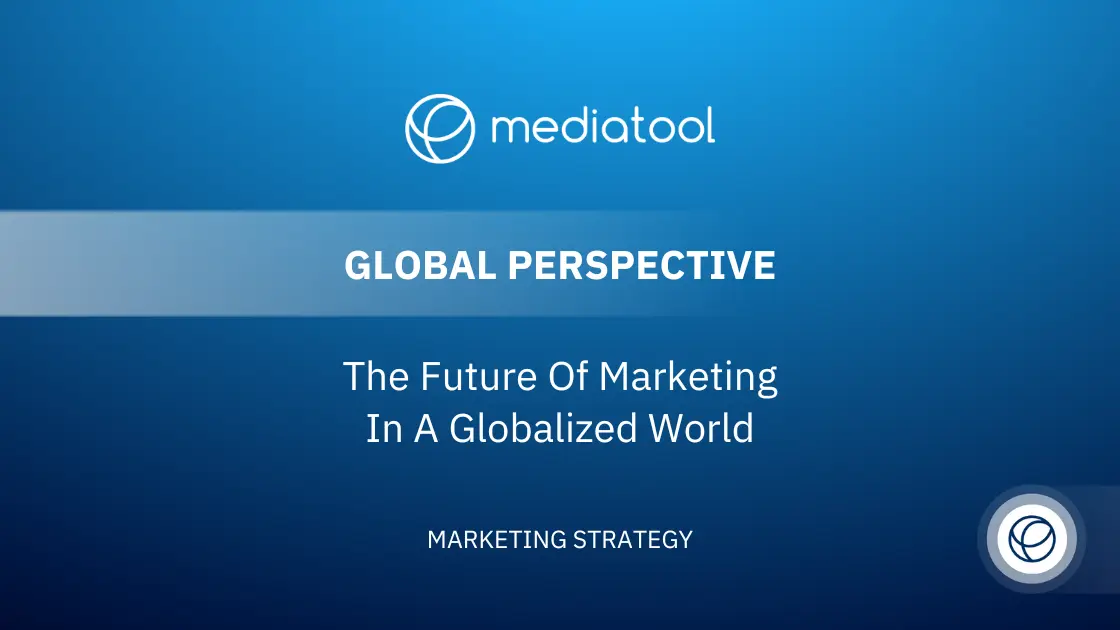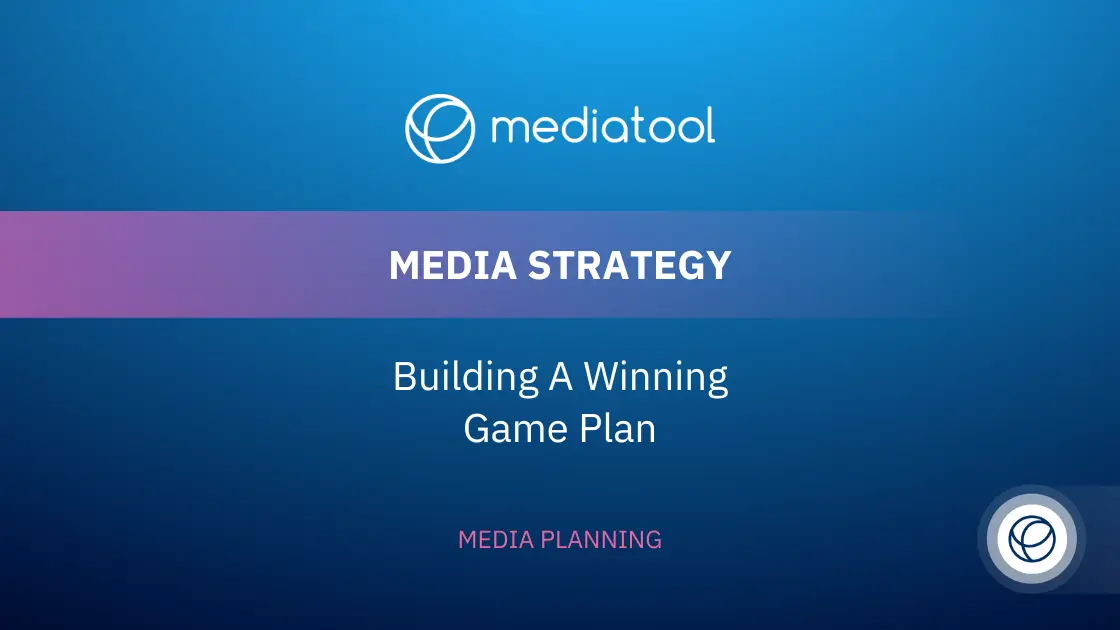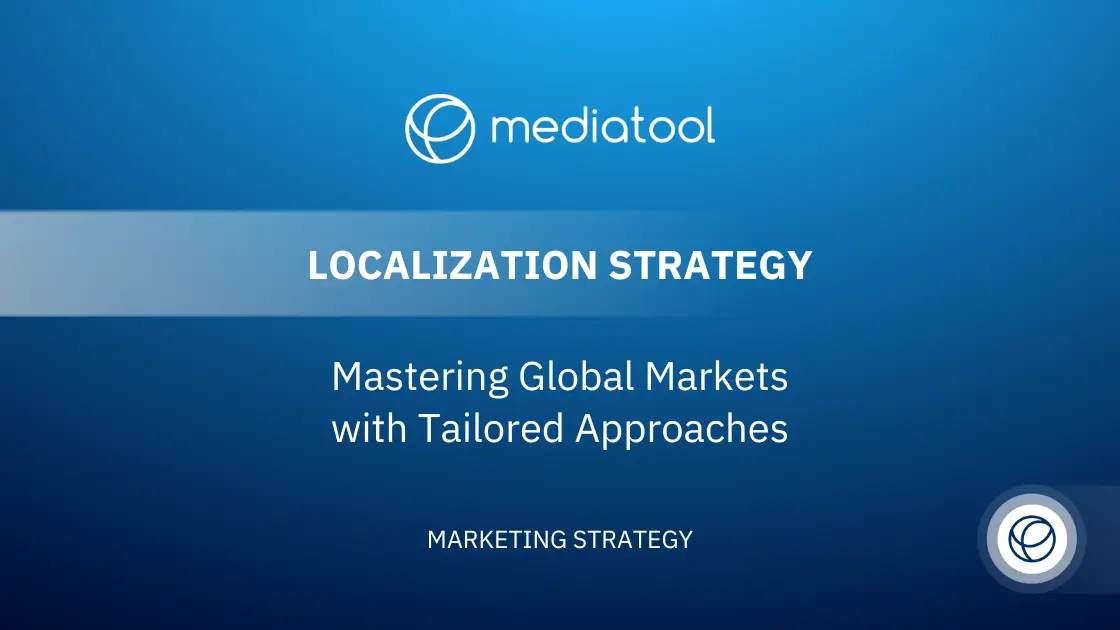By now, you’re no doubt familiar with first-party data.
It’s been a buzzword since 2020 when Google announced it would sunset support for third-party cookies.
And if you know a little about 1st-party data, then you know it will be the foundation of effective marketing tactics in the future.
Except…there’s just one thing. The future is already here.
Investing in first-party data enables marketers to:
- Personalize communications
- Build brand loyalty
- Adapt to a changing landscape
- Comply with data privacy legislation
- Provide relevant customer experiences
If your targeting strategy still relies on third-party cookies and patchy data, now’s the time to catch up.
What is First-Party Data?
First-party data is the valuable data a company collects directly from its audience or customers. This data type, distinct from zero-party data which is provided voluntarily by users, is gathered from user behavior and interactions with the brand’s own channels, like websites or mobile apps.
It encompasses various data points such as purchase history, browsing history, link clicks, social media engagement, demographic information, email preferences, and loyalty program status.
First-party data is crucial in creating accurate customer profiles, understanding customer behavior, and personalizing marketing efforts.
Examples of First-Party Data
Key examples of first-party data include:
- Purchase history and customers’ purchase patterns.
- Browsing history on the brand’s website.
- Link clicks and website activity.
- Engagement with the brand on social media platforms.
- Demographic information of the audience.
- Preferences and settings in emails.
- Status and interactions with the brand’s loyalty program.
What About Second and Third-Party Data?
Second-party data refers to another brand’s first-party data, often shared or accessed through partnerships, providing insights into a broader audience.
Third-party data, the subject of much discussion in the context of data privacy regulations and third-party cookies, is an aggregation of first-party data collected from multiple sources.
This data is collected by external data providers, anonymized, and often sold, offering a wide-ranging yet less specific view of internet users’ behaviors and preferences.
Integrating these data types with first-party data can enhance marketing strategies, audience insights, and customer experience while adhering to data privacy standards.
The Power of First-Party Data in Marketing Campaigns
All the signs point to personalization being a non-negotiable marketing tactic going forward. Users want it, brands benefit from it, and industry-leading martech is built around it.
Investing in first-party data provides the insight you need to deliver these personalized experiences. And the ROI is there – at least according to Google and Boston Consulting.
Using first-party data for key marketing functions can generate nearly 3X more revenue and 1.5X more cost savings.
So why aren’t more marketers harnessing the full potential of first-party data?
First-Party Data: Challenges and Considerations for Brands and Agencies
Confronting Limited Data Volumes
One of the primary challenges with first-party data is its limited scope compared to the vast reservoirs of third-party data.
However, brands can overcome this by integrating a mix of data types, including zero-party and second-party data, to augment their first-party data reserves.
This approach provides a more comprehensive view of customer behavior and audience segments, enhancing the quality of the data collected.
Building a Strong Business Case
In the realm of tight marketing budgets, CMOS must justify investments in marketing technology (martech) and first-party data strategies.
Demonstrating the ROI of these investments, particularly in driving personalized experiences and customer value, is key.
Leveraging tools and strategies to analyze and present this data effectively.
Read our guide to proving marketing ROI for strategies you can use to win over any C-Suite.
Ensuring Data Reliability
The reliability of data sources is paramount.
Unlike the broader but often less accurate third-party data, first-party data allows for deeper customer insights and more accurate customer profiles if sourced correctly.
This includes data from direct interactions, such as purchase history, website activity, and mobile app usage, which are essential in understanding the customer journey.
Breaking Down Data Silos
A successful first-party data strategy requires breaking down silos between marketing, sales, and operations.
Collaborative efforts are necessary to create a centralized platform for data collection and integration, ensuring a unified customer view.
This integrated approach, in compliance with data privacy regulations, helps in creating accurate profiles and segments, crucial for targeted marketing efforts and improving customer experience.
Leveraging First-Party Data Effectively
To fully leverage first-party data, brands must focus on collecting diverse data points – from online interactions on web pages to offline engagements and social media connections.
This data should be used to inform marketing campaigns, refine audience insights, and enhance loyalty programs.
Additionally, integrating this data with customer and audience data from other sources can help pull in new customers and retain existing ones, ultimately boosting marketing performance and supporting broader marketing efforts.
How to Wield the Power of First Party Data
In today’s marketing landscape, the shift from third-party tracking cookies to first-party data is pivotal.
The key to success lies in effectively collecting and integrating first-party data, which includes valuable customer data from various sources like site visitors, mobile app interactions, and offline engagements.
This data not only enhances the quality of customer segments but also provides deeper insights into shopper’s purchase history and behavior.
Marketers can analyze this data for a deeper understanding of how customers engage with the brand, both online and offline.
This approach helps in retaining valuable customers and attracting new ones, catering to a broad audience.
The integration of this data across different platforms and channels is crucial for supporting marketing processes, ensuring that only useful and high-quality data informs marketing strategies.
Effectively leveraging first-party data, including first-party audience data collected directly from customers, enables brands to create more personalized experiences.
This not only pulls customers closer to the brand but also aids in building loyalty among existing customers.
The focus on first-party data, as opposed to relying on other data types, marks a significant evolution in how brands interact with and understand their audiences.
Nowadays, the most effective marketing tactics provide personalized experiences based on a user’s behavior, preferences, intention, and readiness to buy.
Here’s what that looks like in practice. We’ve included a few examples of marketing strategies that prioritize first-party data to give you a benchmark for success.
Define Your Use Case
Establishing Clear Objectives
To navigate the realm of first-party data effectively, it’s crucial to have a well-defined focus. Begin by setting specific goals, identifying use cases, understanding your current challenges, and assessing your current position.
This process helps in pinpointing the data you lack, the methods to collect it, and the value exchange involved in acquiring it.
Practical Application in Marketing
A great example of utilizing first-party data in marketing is through abandoned cart emails. Take Dyson, for instance. They use this strategy to re-engage customers who hesitate at the final purchase stage.
The sophistication in these emails is noteworthy – they don’t just remind the customer of the item left behind but also incorporate varying content, emotional appeal, and a sense of urgency, especially when linked to promotions.
This level of customization demonstrates Dyson’s adept use of first-party data, such as shopper’s purchase history and website activity, to enhance the customer journey and experience.
Strategic Implementation
Dyson’s approach is a testament to a solid first-party data strategy.
Their marketing team identified a crucial use case – increasing revenue per customer – and leveraged first-party data to develop compelling, personalized messaging.
This strategy, centered around the customer’s behavior and preferences, exemplifies the effective use of first-party data to not only attract but also retain customers, thereby improving marketing performance and customer engagement.
Offer Value in Exchange For a User’s Information
Embracing Transparency and Control
In an era where customers value transparency and control over their data, adopting a straightforward approach to data collection is essential.
It’s important to inform users about the type of data being collected, including customer data, audience data, and first-party data like purchase history or website activity, and how it will be utilized to enhance their experience.
Practical Methods for Data Collection
There are various ways to collect first-party data while respecting user preferences and complying with data privacy regulations:
- Opt-in Cookie Consent: Clearly communicate the use of cookies and obtain explicit consent from users. This includes informing them about third-party cookies and third-party tracking cookies.
- Email Preference Centers: Allow users to control what kind of emails they receive, aligning with their interests and behavior.
- App Settings: Utilize mobile app data to offer personalized experiences based on user settings and preferences.
- Language Selectors: Cater to a broad audience by remembering their language choices across web pages and platforms.
- Remembering User Preferences: Enhance the customer journey by recalling individual preferences, thus providing a more personalized experience.
- Transparent Data Governance Policy: Although not all users may read the entire policy, it’s good practice to make comprehensive data governance information available.
Building Trust with Users
By implementing these practices, brands can collect valuable first-party data such as customer segments, shopper’s purchase history, and customer profiles, while ensuring data quality and user trust.
This approach not only helps in retaining existing customers but also in attracting new ones through personalized marketing campaigns and improved customer experiences.
Additionally, using tools like Google Analytics can help analyze this data for deeper insights, thereby enhancing overall marketing performance.
For a marketing strategy example that’s a little closer to home, here at Mediatool, we’ve implemented a transparent cookie consent policy for website visitors. The consent manager icon stays on the page as you browse the site, so you can accept, reject, or select your preferences at any point.
Invest in Mar-tech that Makes First-Party Data Collection Easier
Mapping Data Sources and Communication Channels
After identifying the use cases for first-party data and the value exchange with users, the next step is to pinpoint the communication channels and marketing tactics that will serve as your primary data sources.
This involves recognizing and utilizing various platforms where first-party data can be collected, such as social media interactions, website visitor behavior, and engagement through different marketing channels.
Handling an Abundance of Data Sources
While third-party data might seem more abundant, there is no lack of first-party data available. The challenge lies in effectively managing and integrating this wealth of data. This is where investing in the right marketing technology (Mar-tech) becomes crucial.
Leveraging Centralized Mar-tech Solutions
Mediatool can significantly streamline the process of first-party data management. By aggregating data from diverse marketing channels into a centralized dashboard, Mediatool facilitates efficient data collection from various sources, including social media, website properties, and third-party advertising platforms.
This consolidation allows for a comprehensive view of marketing activities and eliminates the need for manual data collection and collation, thus freeing up time for marketers to focus on analyzing and deriving actionable insights from the data.
Investing in such Mar-tech solutions simplifies the process of first-party data collection and management, enabling marketers to make more informed decisions and tailor their strategies for improved marketing performance and customer engagement.
Test, Learn, and Test Again
Adopting a Dynamic Approach
In the journey of building a robust first-party database, it’s crucial to adopt a flexible approach, experimenting with various marketing tactics and communication channels to discover what resonates best with your audience.
Balancing Idealism with Realism
The ultimate goal of leveraging first-party data is to strengthen the bond between brands and customers, ideally achieving personalized 1:1 relationships.
However, marketers must navigate the practical constraints of budgets, time, and organizational objectives. It’s not feasible to address every nuance of customer behavior or preference.
Implementing a Test-and-Refine Model
To navigate these challenges, it’s effective to embrace a test-and-refine model. This involves using first-party data to continuously improve your marketing strategies.
Keep a close eye on marketing performance metrics to identify successful tactics and be ready to pivot or adjust your approach based on real-time data insights.
Best Practices for Effective Testing
Here are some key practices for a successful test-and-refine approach:
- Focused A/B Testing: Concentrate on testing a small number of variables at a time to clearly understand their impact.
- Allowing Time for Results: Give each tactic sufficient time to produce meaningful results before making judgments.
- Segmentation Based on Needs: Create audience segments based on their specific needs and interests, rather than solely on your sales objectives.
- Data-Driven Refinements: Ensure that any adjustments to your tactics are backed by solid data, reinforcing the effectiveness of your marketing decisions.
By continuously testing and learning from the data collected, marketers can refine their strategies to better meet the needs of their audience, ultimately leading to more successful marketing campaigns and a deeper understanding of customer behavior.
Get More From Your Marketing Campaigns With Mediatool
Mediatool is an end-to-end campaign management platform for the first-party data generation of marketers. Turning data into actionable insights is a breeze with all your marketing results in one place.
Don’t go chasing your data. Instead, let it come to you in Mediatool. Leverage real-time results from all your channels, uncover behavior trends, and use your own data to provide personalized experiences for loyal audiences.
Schedule a free guided tour to find out how you can do it all with Mediatool.





